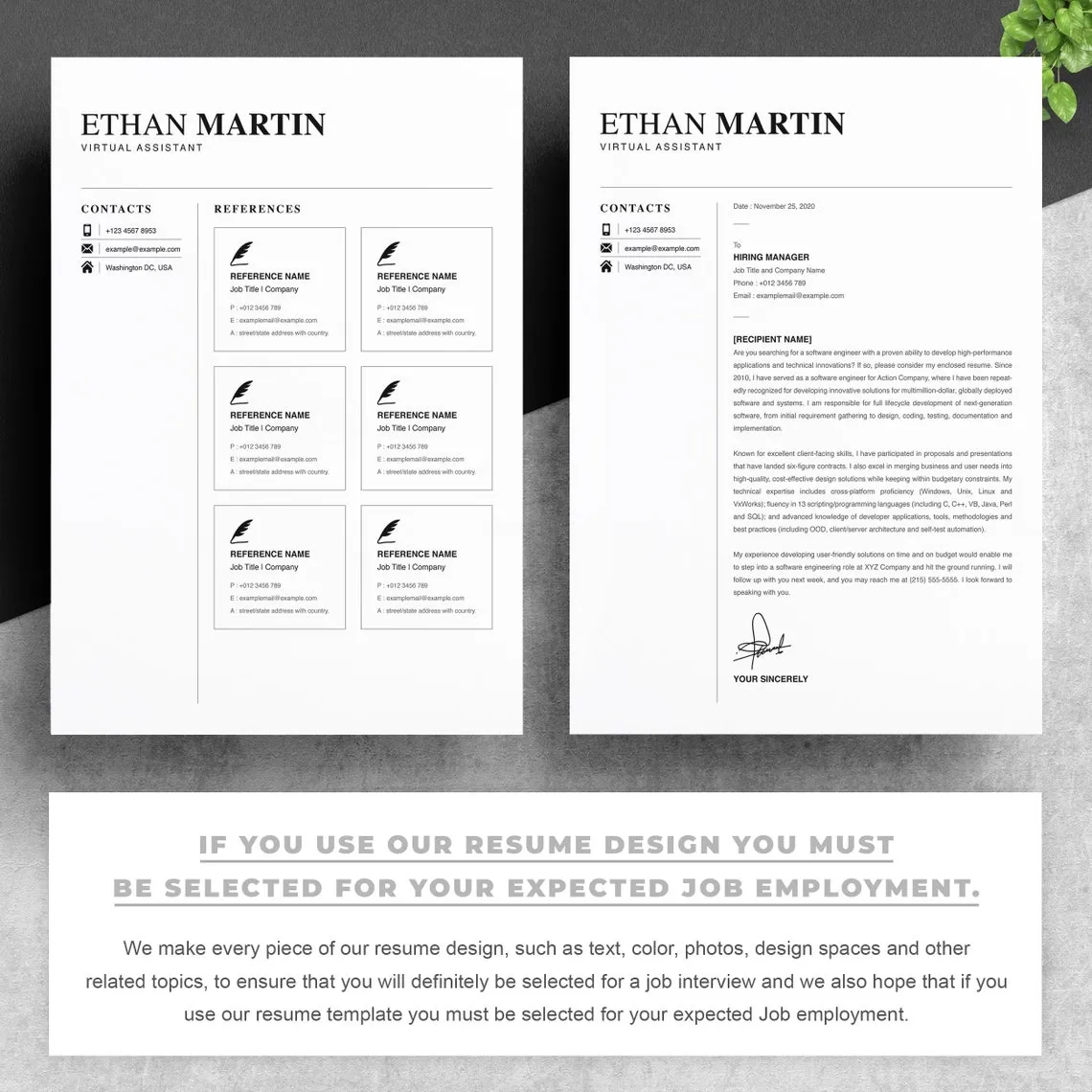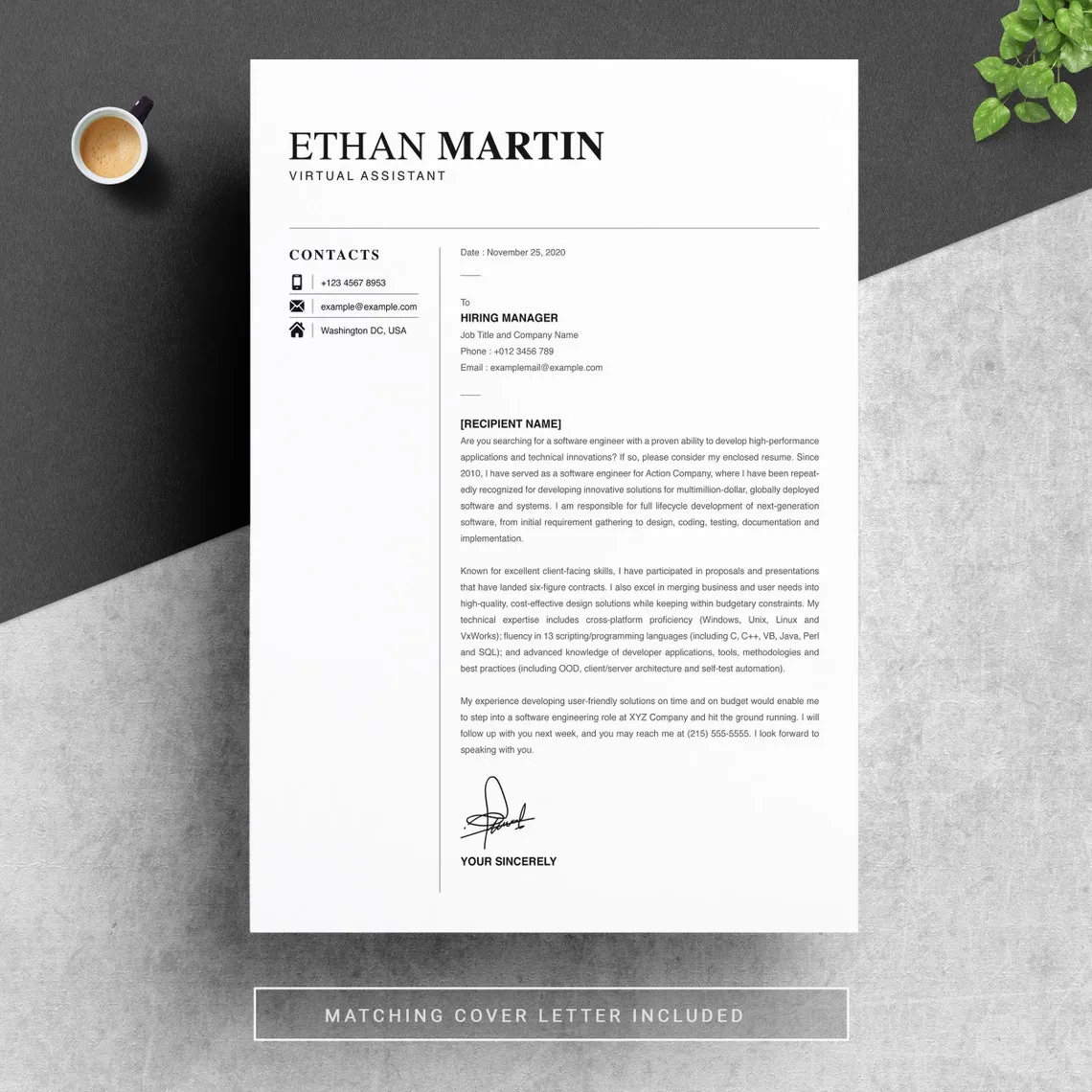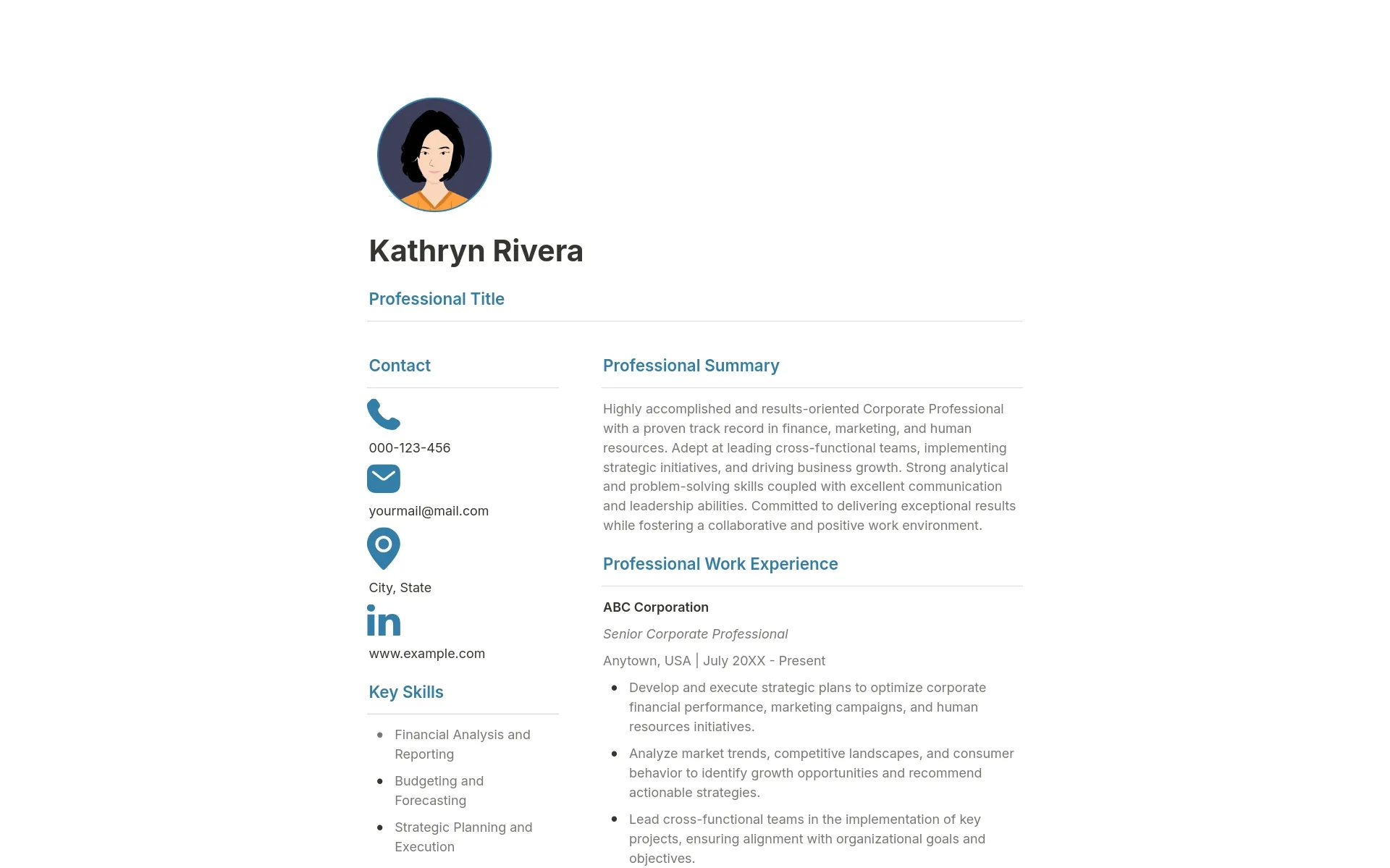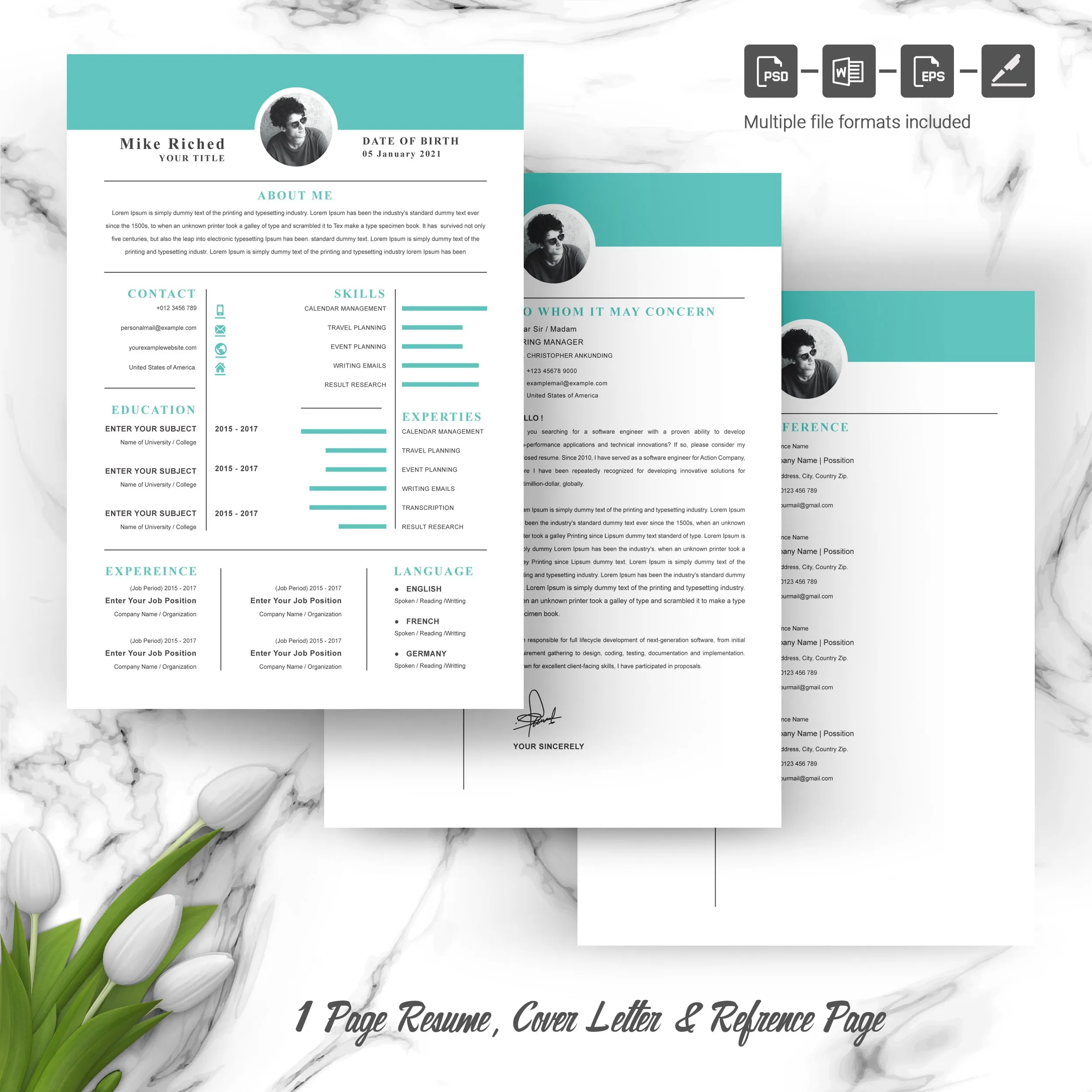In the competitive world of job hunting, your cover letter, resume, and references are your primary marketing tools. They are your first opportunity to make a strong impression on potential employers. Crafting these documents effectively can significantly increase your chances of landing an interview and ultimately, securing the job. This guide provides seven essential tips to help you create compelling cover letters, resumes, and reference lists that will grab the attention of hiring managers and set you apart from other candidates. Implementing these strategies can transform your job application materials from ordinary to extraordinary, opening doors to exciting career opportunities.
Crafting a Winning Cover Letter
A well-crafted cover letter is your chance to introduce yourself, express your enthusiasm for the role, and explain why you are the perfect fit. It’s more than just a summary of your resume; it’s an opportunity to showcase your personality and demonstrate your understanding of the company and the position. Remember, your cover letter should be unique to each job you apply for. Generic letters are easily spotted and often discarded. Take the time to tailor each letter, demonstrating your genuine interest and aligning your skills and experience with the specific requirements of the job.
Highlighting Your Skills
Identify the key skills that the employer is looking for in the job description and explicitly mention those skills in your cover letter. Provide brief examples of how you have utilized these skills in past roles or projects. This demonstrates that you not only possess the required skills but can also apply them effectively. Use action verbs to describe your accomplishments and quantify your achievements whenever possible. For instance, instead of saying “Managed projects,” say “Managed three projects simultaneously, resulting in a 15% reduction in project completion time.”
Tailoring to the Job Description

Carefully review the job description and identify the key requirements, responsibilities, and qualifications. Then, structure your cover letter to address these points directly. Explain how your skills, experience, and qualifications align with what the employer is seeking. This demonstrates that you have taken the time to understand the role and that you are a strong match. Do not simply repeat your resume; instead, provide additional context and explain how your past experiences relate to the specific demands of the job.
Showcasing Your Personality
While professionalism is essential, let your personality shine through. Use a confident and engaging tone and show enthusiasm for the role and the company. Avoid sounding generic or robotic. Personalize your letter by referencing something specific about the company or the role that interests you. This demonstrates genuine interest and a proactive approach. Ensure your cover letter is free of grammatical errors and typos; proofreading is key to making a positive first impression.
Resume Formatting Make it Readable
Your resume is the first document employers will see, so it’s crucial that it is easy to read and well-organized. A cluttered or poorly formatted resume can quickly lead to rejection. Clarity, conciseness, and a professional layout are essential. Use clear headings, bullet points, and ample white space to make the information easy to digest. Your goal is to make it simple for the hiring manager to quickly understand your skills, experience, and accomplishments. Keep it concise, typically one to two pages, depending on your experience level.
Choosing the Right Font & Layout

Select a professional and readable font, such as Arial, Calibri, or Times New Roman. Avoid using overly stylized or decorative fonts that can be difficult to read. Maintain a consistent font size throughout your resume, typically 10-12 points for the body text. Use a clear layout with consistent margins and spacing. Use headings and subheadings to organize the information logically. A well-structured layout will make your resume more accessible and professional. Ensure your contact information is prominently displayed.
Using Action Verbs
Begin each bullet point with a strong action verb to describe your accomplishments. Action verbs make your resume more dynamic and engaging, showcasing what you did and how you did it. Examples include “Managed,” “Developed,” “Implemented,” “Led,” “Achieved,” and “Increased.” This helps to paint a picture of your professional experience and highlights your contributions and responsibilities. Always tailor the verbs to the specific job description, ensuring they reflect the key requirements and skills.
Quantifying Your Achievements
Whenever possible, quantify your achievements with numbers and data. Instead of stating “Improved customer satisfaction,” write “Improved customer satisfaction by 20% through implementing new customer service strategies.” This provides concrete evidence of your impact and demonstrates the value you brought to your previous roles. Use metrics, percentages, and specific numbers to make your accomplishments more impactful. For instance, mention the amount of money saved, the number of clients acquired, or the percentage of projects completed successfully.
Optimizing Your Resume for ATS

Many companies use Applicant Tracking Systems (ATS) to screen resumes. To ensure your resume gets past these systems, use keywords from the job description throughout your resume. ATS systems scan for these keywords to determine if your resume is a good match for the role. Avoid complex formatting, tables, and graphics, as these can be difficult for ATS systems to read. Use a clear and straightforward layout, and save your resume in a compatible file format, such as .doc or .pdf.
Reference List Best Practices
Your references can significantly influence a hiring manager’s decision, so it is important to manage this aspect carefully. Provide a list of references who can speak positively about your skills, work ethic, and character. Choosing the right references and providing them with the necessary information can enhance your chances of landing the job.
Preparing Your References
Before providing a reference, reach out to your references to inform them that they may be contacted by potential employers. Provide them with details about the job you are applying for and remind them of your relevant skills and accomplishments. This ensures that your references are prepared and can provide a positive and relevant recommendation. Share your resume and cover letter with your references so they have context for the job and can speak to how your skills align.
Providing Contact Information

You typically do not need to include your references’ contact information on your resume. Instead, indicate that references are available upon request. Be prepared to provide a separate reference list when requested by the employer. This list should include each reference’s name, job title, company, phone number, and email address. Ensure that you have the consent of your references before including their contact information. Keep your reference list updated and readily available to send when necessary.
When to Submit References
Do not submit your references unless they are explicitly requested by the employer. This is usually done after an interview or when the employer is considering offering you the job. If the job application asks for references, provide them as instructed. In other cases, having a list ready to go shows you are prepared and professional. Always be prompt in providing references when requested, as this can expedite the hiring process.
By implementing these seven tips, you can create cover letters, resumes, and reference lists that effectively showcase your skills, experience, and personality. Take the time to tailor each document to the specific job, and always proofread carefully for errors. With these strategies, you will significantly improve your chances of making a strong first impression and securing your desired job.
